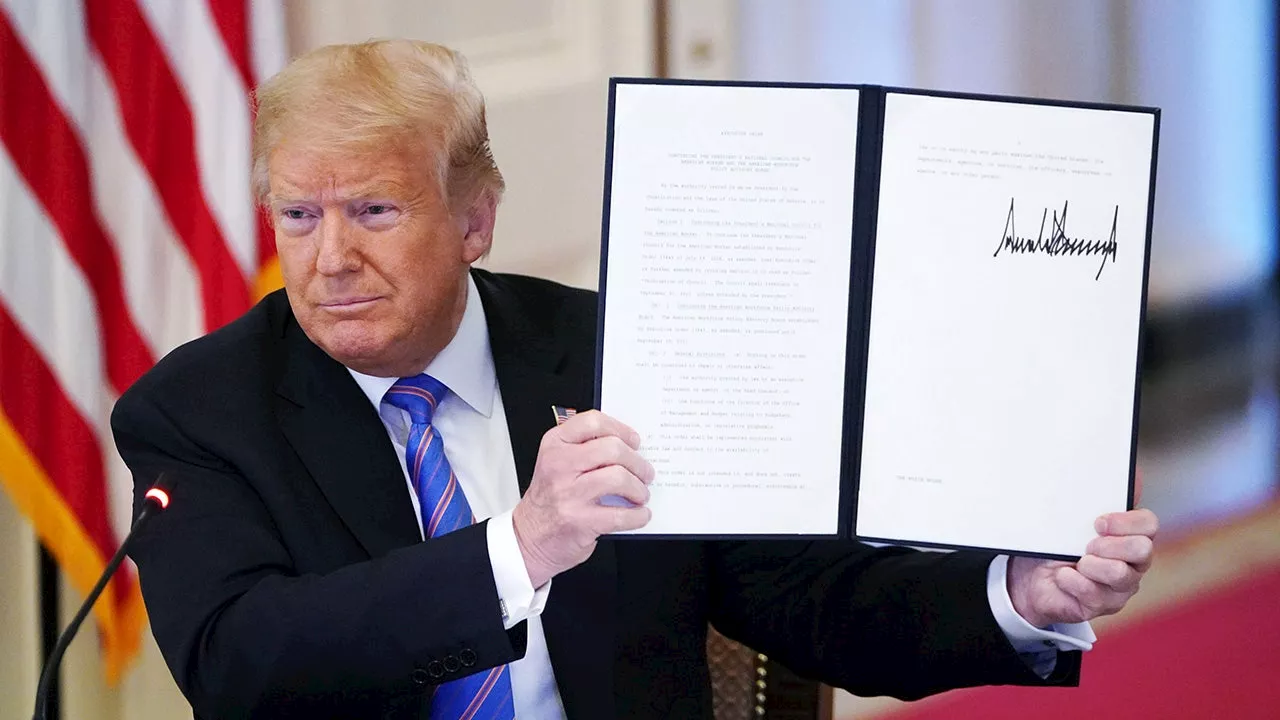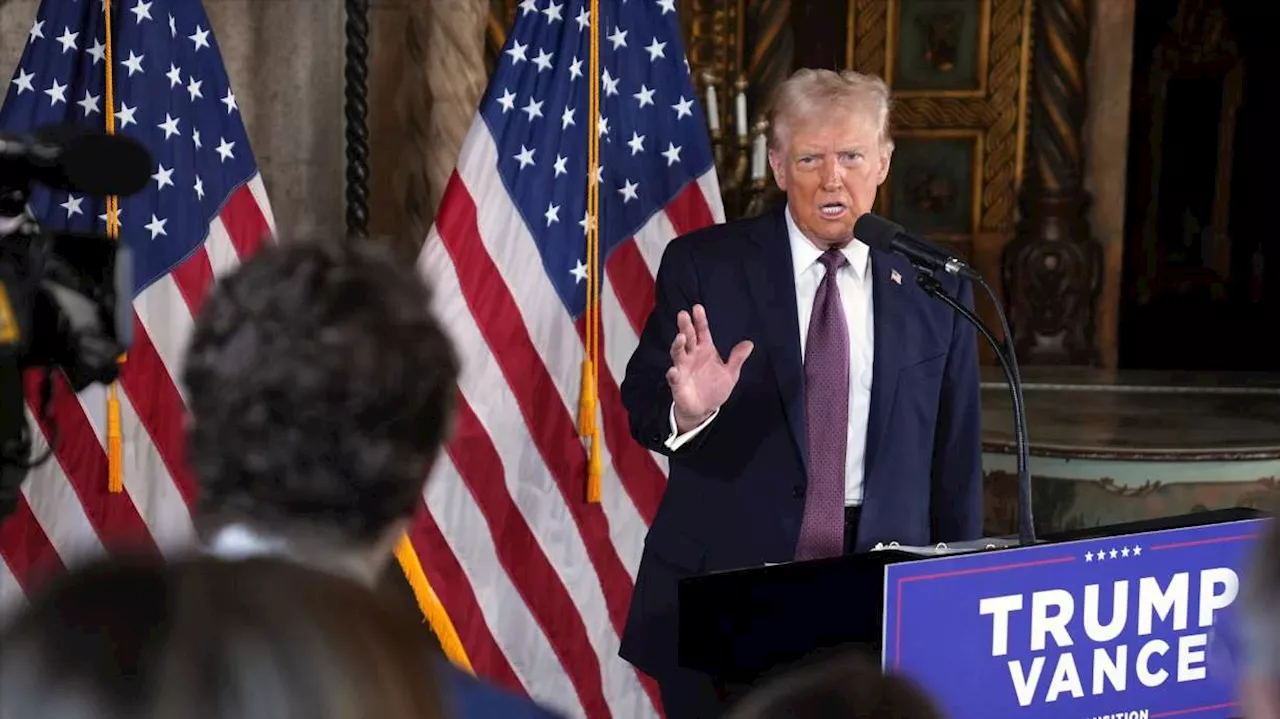This article explores the use of executive orders by U.S. presidents, highlighting their function, limitations, and historical context. It examines how presidents utilize these directives to shape policy and address urgent matters, while also acknowledging their dependence on constitutional boundaries and congressional oversight.
As President-elect Donald Trump reportedly plans to sign 200 executive orders on his first day, the spotlight is back on how presidents use this unique power to get things done quickly. These directives allow presidents to act without waiting for Congress , but they come with limitations and scrutiny. Trump’s expected actions are putting executive orders in the spotlight.
But how do these directives work, and what gives them their power? An executive order is a written instruction from the president that tells the federal government what to do. It works like a law but doesn’t need Congress – the people’s representatives – to approve it.These orders can cover all kinds of issues, like changes to government policies or actions on foreign affairs. However, the president can only issue executive orders if they’re allowed under the Constitution or laws passed by Congress. They can’t create brand-new laws—that’s up to Congress. Executive orders have boundaries, and their power is not absolute. Courts can block them if they exceed presidential authority, and Congress can pass legislation to counteract their effects. In 2017, U.S. District Judge William Orrick blocked President Trump’s order to withhold funding from sanctuary cities, ruling that the president 'could not impose new conditions on federal spending that had been approved by Congress.' Similarly, in 2021, U.S. District Judge Drew Tipton temporarily blocked President Joe Biden’s executive order halting deportations, stating the administration had failed to provide a 'concrete, reasonable justification' for the moratorium. The American Bar Association explains that executive orders must operate within constitutional limits and cannot override existing laws passed by Congress. Congress also has the power to deny funding for executive orders, further limiting their impact. Executive orders can also be reversed by the next president. For example, President Biden used this authority in 2021 to undo several Trump-era directives, including the Muslim travel ban and the decision to exit the Paris Climate Accord. While executive orders can shape policy and address pressing issues, the ABA emphasizes that they are 'no substitute for comprehensive legislative action passed by Congress,' highlighting their limitations and impermanence.Recent administrations have increasingly relied on executive orders. President Trump issued 220 orders during his first term, the most in a single term since Jimmy Carter. Notable examples include his travel ban targeting Muslim-majority countries and orders expanding offshore oil exploration. Biden, too, used executive orders to tackle pressing issues, signing 155 as of early 2025, according to Reuters. These have addressed everything from pandemic response measures to reproductive rights.As history has shown, the impact of executive orders can be both immediate and fleeting. They remain a critical, yet limited, way for presidents to shape policy and address urgent matters without waiting on Congress. Throughout U.S. history, there have been several thousand executive orders, according to data collected by the American Presidency Project at the University of California, Santa Barbara. George Washington signed eight executive orders, while Franklin Delano Roosevelt did 3,721. During his first term, Trump, a Republican, signed 220. Biden, a Democrat, signed 160 as of Dec. 20
EXECUTIVE ORDERS PRESIDENTS CONSTITUTION CONGRESS POLICY HISTORY UNITED STATES
United States Latest News, United States Headlines
Similar News:You can also read news stories similar to this one that we have collected from other news sources.
 Executive Orders: A Powerful Tool With LimitationsThis article explores the use of executive orders by presidents, particularly focusing on Donald Trump's plans to issue over 200 orders on his first day. It explains how these directives work, their strengths and weaknesses, and historical examples of their impact.
Executive Orders: A Powerful Tool With LimitationsThis article explores the use of executive orders by presidents, particularly focusing on Donald Trump's plans to issue over 200 orders on his first day. It explains how these directives work, their strengths and weaknesses, and historical examples of their impact.
Read more »
 Executive Orders: Overreach or Necessary Tool?Experts at the Cato Institute discussed the growing use of executive orders and their impact on policy, polarization, and tariffs. Alex Nowrasteh, vice president for economic and social policy studies, argued that executive powers have usurped Congress's legislative authority, citing the historical growth in their use and lack of oversight.
Executive Orders: Overreach or Necessary Tool?Experts at the Cato Institute discussed the growing use of executive orders and their impact on policy, polarization, and tariffs. Alex Nowrasteh, vice president for economic and social policy studies, argued that executive powers have usurped Congress's legislative authority, citing the historical growth in their use and lack of oversight.
Read more »
 Successful couples use this ‘powerful tool' to solve conflict, says Stanford psychologistValidation is often confused for praise or approval, but, really, it’s just acknowledging that what another person is going through is real.
Successful couples use this ‘powerful tool' to solve conflict, says Stanford psychologistValidation is often confused for praise or approval, but, really, it’s just acknowledging that what another person is going through is real.
Read more »
 AI: A Powerful Tool for Disaster Management in the Wake of the 2004 TsunamiTwenty years after the devastating 2004 Indian Ocean tsunami, which claimed over 230,000 lives and displaced millions, artificial intelligence (AI) emerges as a transformative force in disaster preparedness and response. This article explores how AI can improve early warning systems, predict disaster impacts, and enhance recovery efforts, emphasizing the need for ethical and inclusive implementation to ensure AI serves humanity effectively.
AI: A Powerful Tool for Disaster Management in the Wake of the 2004 TsunamiTwenty years after the devastating 2004 Indian Ocean tsunami, which claimed over 230,000 lives and displaced millions, artificial intelligence (AI) emerges as a transformative force in disaster preparedness and response. This article explores how AI can improve early warning systems, predict disaster impacts, and enhance recovery efforts, emphasizing the need for ethical and inclusive implementation to ensure AI serves humanity effectively.
Read more »
 January Market Trend Trade (JTT): A Powerful Tool for Predicting Market MovementsThis article explores the January Calendar Range Trend Trade (JTT) mechanism, a powerful tool for predicting market movements in the new year. It explains how the market often signals its direction in January, deviating from investor expectations. The JTT method can help investors make better-informed decisions, manage risk, and potentially capitalize on market trends.
January Market Trend Trade (JTT): A Powerful Tool for Predicting Market MovementsThis article explores the January Calendar Range Trend Trade (JTT) mechanism, a powerful tool for predicting market movements in the new year. It explains how the market often signals its direction in January, deviating from investor expectations. The JTT method can help investors make better-informed decisions, manage risk, and potentially capitalize on market trends.
Read more »
 Vision Boards: A Powerful Tool for Goal AchievementThis article explains the concept of vision boards and how they can be used to achieve personal and professional goals. It provides tips on creating effective vision boards and setting realistic goals.
Vision Boards: A Powerful Tool for Goal AchievementThis article explains the concept of vision boards and how they can be used to achieve personal and professional goals. It provides tips on creating effective vision boards and setting realistic goals.
Read more »
